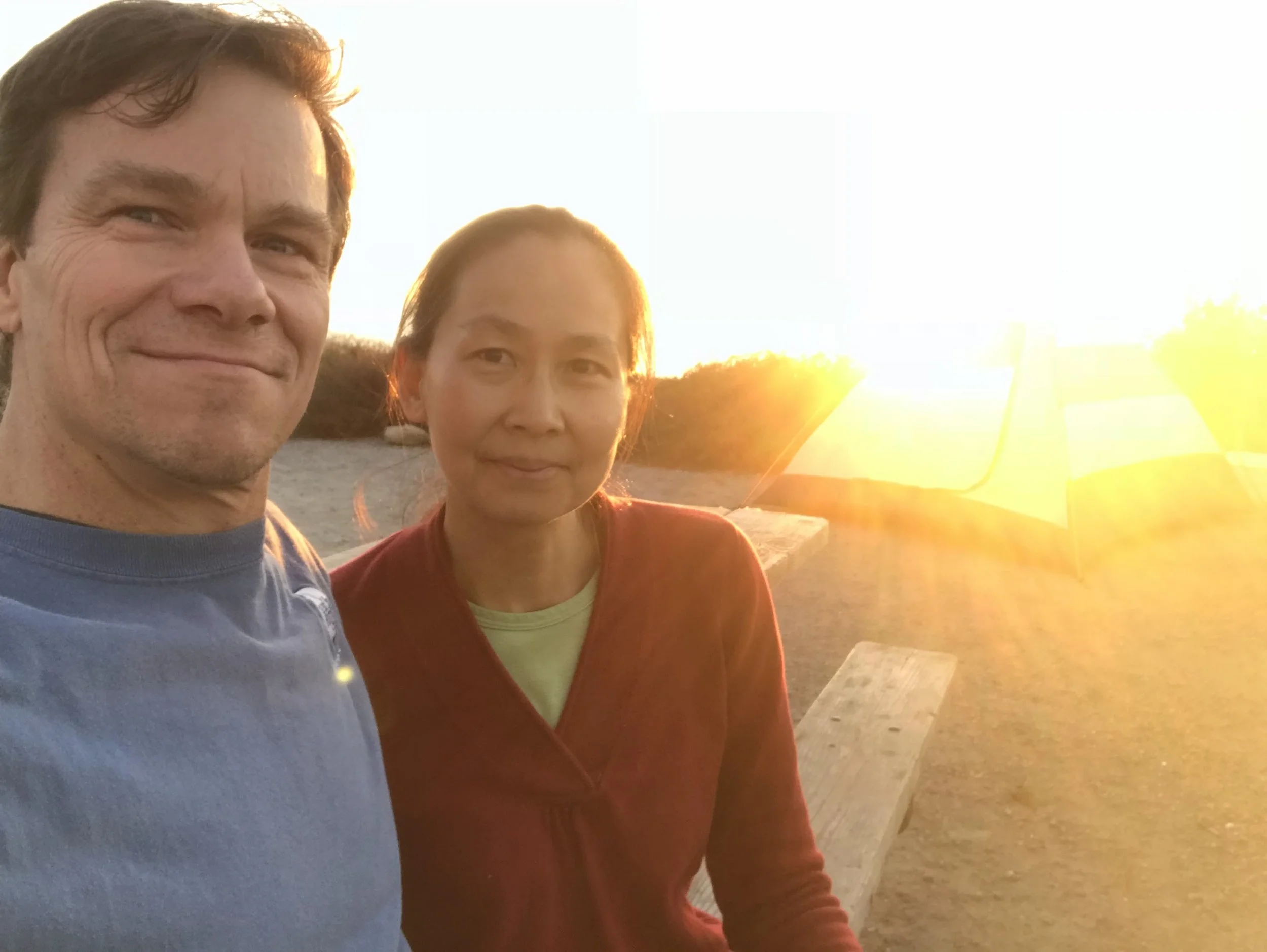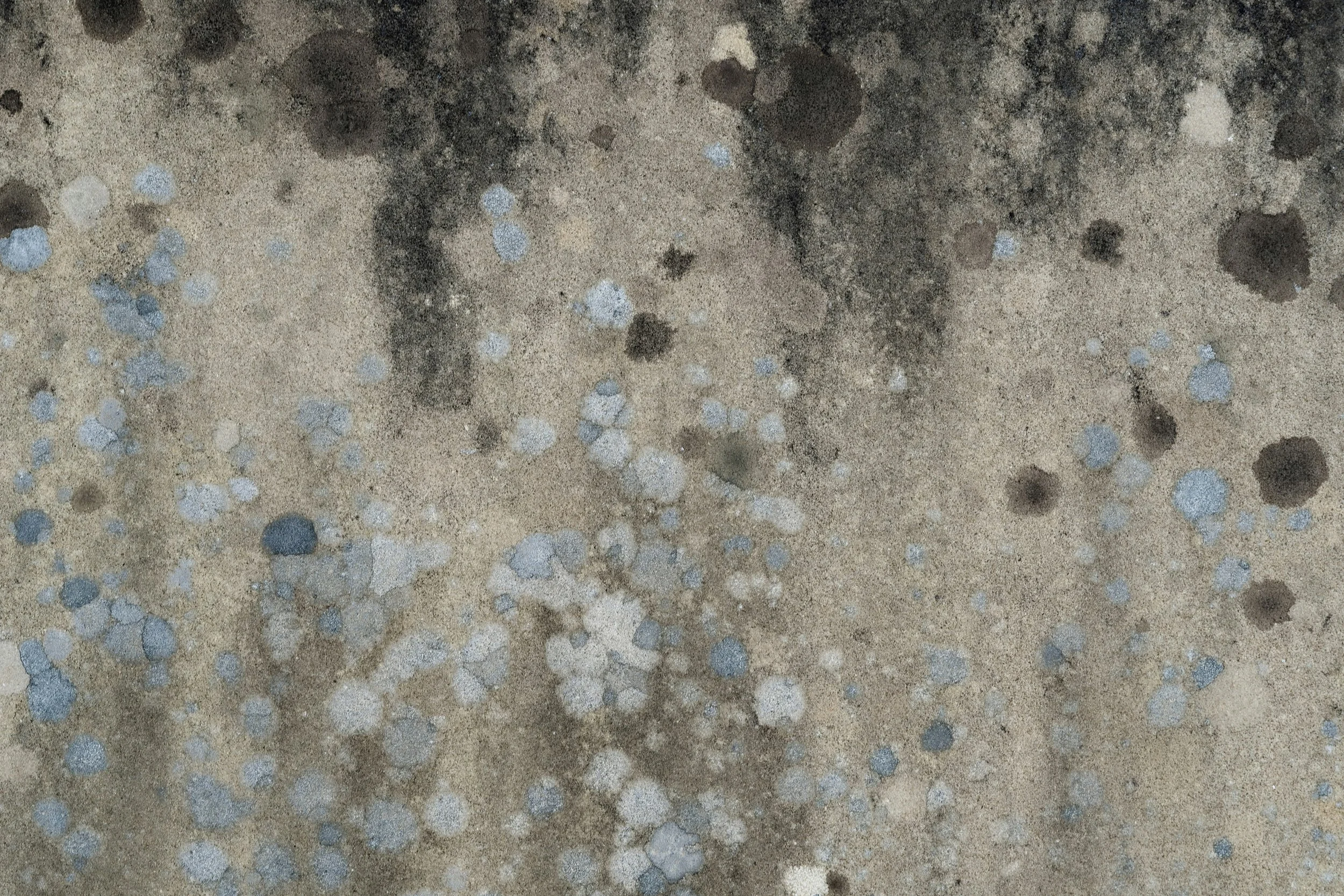For two decades, our work at Positive Energy has been driven by a single, powerful question: why aren’t buildings created to better support the people inside them? We’ve dedicated our careers to answering that question, moving from hands-on custom home building to the forefront of building science and MEP engineering. Now, we’re bringing that journey full circle by taking on our most personal project yet: our own family home, the Spring Street Passive House.
Read MoreThe residential construction market in the United States is undergoing a fundamental transformation, driven by the dual imperatives of grid modernization and enhanced indoor air quality. Central to this shift is the increasing adoption of Heat Pump Water Heaters (HPWHs). These highly efficient, all-electric systems represent a critical technology for decarbonizing buildings and fostering a more resilient energy infrastructure. While current national adoption rates remain modest, market dynamics indicate a significant acceleration, propelled by robust governmental policies, escalating consumer interest in new construction, and continuous technological advancements.
Read MoreThe promise of a new home often includes visions of a healthier, more energy-efficient living space. However, a subtle yet significant regulatory shift in U.S. building codes, particularly affecting hot-humid climate zones, may be inadvertently undermining this very promise. Before 2021, residential ventilation requirements were often loosely enforced; homes were typically required to have a ventilator, but the actual volume of air exchanged was not mandated to be measured. This frequently led to systems being ineffectively installed or even "sabotaged" by HVAC contractors, rendering them inoperable or improperly configured from the outset. Consequently, many homes, even in that period, did not achieve consistent fresh air exchange. Compounding this, most residential HVAC systems lacked any form of supplemental or dedicated dehumidification, a feature that building science experts have increasingly recognized as crucial, especially for high-performance homes in moisture-laden environments.
Read MoreIn an effort to broadly provide resources to our clientele and audience, we’ve written articles on the topics of health precautions for construction job sites and designing for healthy environments while reducing pathogen spread. We’ve released podcast episodes on the impact of ventilation and filtration on virus transmission. But now it’s time to talk about a serious elephant in the room as it pertains to coronavirus spread - air conditioning.
Read More



